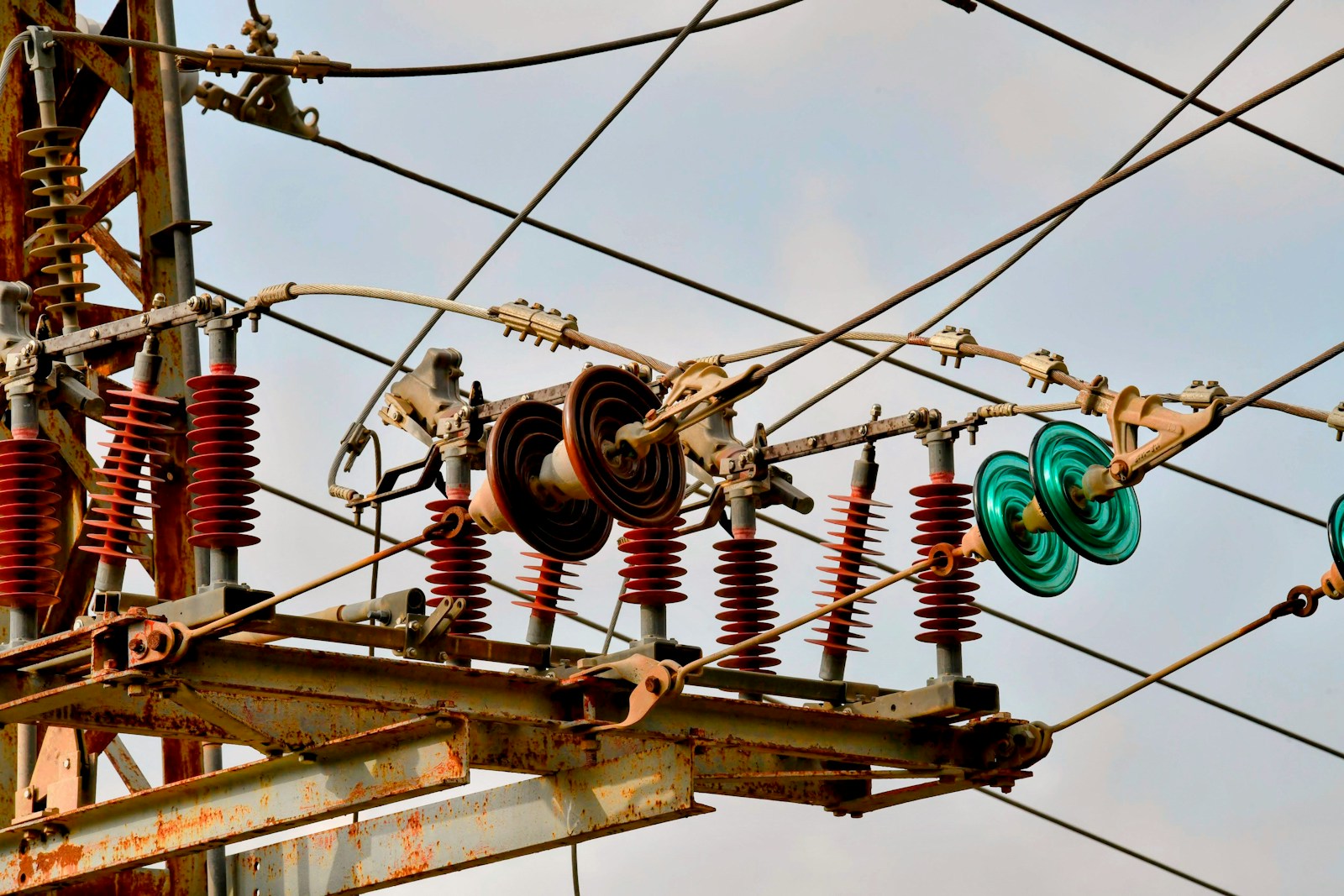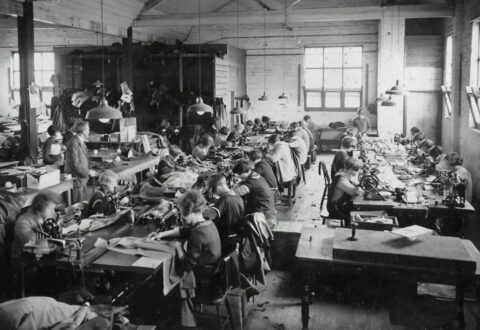When IBC Meets Electricity Act: Why Discoms Can’t Hold a New Owner to Ransom for Past Arrears

Can a power-distribution company keep the lights off for a buyer who has paid crores to pick up a factory in an IBC liquidation auction, merely because the collapsed corporate debtor left behind a fat electricity bill? On 18 September 2025, a Division Bench of the Allahabad High Court answered with an emphatic “No” and, in the process, restated the supremacy of the Insolvency and Bankruptcy Code, 2016 over the Electricity Act, 2003. The judgement M/s Dharti Agro Industries Pvt. Ltd. v. Managing Director, PVVNL [Writ-C No. 27040 of 2025]is the latest in a chain of Supreme Court and High Court decisions that protect successful resolution applicants and auction purchasers from being saddled with the past liabilities of the corporate debtor.
Table of Contents
Facts that sparked the fight
Dharti Agro Industries, a Delhi-based steel trader, saw a newspaper advertisement in April 2022 inviting bids for the immovable assets of M/s Chaudhary Ingots Pvt. Ltd. The plant at Vehelna village, Meerut road, Muzaffarnagar, was being sold by the court-appointed liquidator on an “as-is-where-is-whatever-there-is” basis after the Committee of Creditors failed to approve a resolution plan. Dharti deposited ₹ 30 lakh as earnest money, quoted ₹ 518.39 lakh against a reserve price of ₹ 284.39 lakh and emerged the highest bidder. A sale certificate followed on 7 July 2022, possession was handed over on 27 July 2022 and the registered sale deed was executed on 29 May 2024. Flush with a new asset, the company applied to the Pashchimanchal Vidyut Vitran Nigam Ltd. (PVVNL) for a 10-KW electricity connection so that it could restart the unit. The discom’s reply was blunt: clear the ₹ 4.92 crore that the erstwhile owner owed or stay in the dark.
Earlier round of litigation
Stung by the demand, Dharti moved Writ-C No. 9142 of 2025. The Allahabad High Court, by an order dated 10 April 2025, refused to decide the merits but told PVVNL to grant a hearing, examine the Supreme Court rulings cited by the purchaser and pass a speaking order within six weeks. The utility complied only in form: on 15 May 2025 the Executive Engineer reiterated that ₹ 4.04 crore had to be deposited. The present writ petition was therefore filed to quash that order and to compel PVVNL to release the connection.
The rival pleas
Counsel for Dharti Agro argued that once liquidation under the IBC is triggered, Section 238 of the Code becomes a non-obstante clause that trumps every inconsistent statute, including the Electricity Act, 2003. They relied on a catena of Supreme Court judgments Southern Power Distribution Company of Telangana v. Gopal Agarwal, Paschimanchal Vidyut Vitran Nigam Ltd. v. Raman Ispat Private Ltd. and Tata Power Western Odisha Distribution Ltd. v. Jagannath Sponge Private Ltd.to contend that a distribution licensee cannot withhold a fresh connection merely because previous arrears are pending; the licensee must participate in the liquidation process and receive its dues in accordance with the waterfall in Section 53 of the IBC. The purchasers, they added, had already invested ₹ 5.55 crore and could not be penalised for the sins of the corporate debtor.
Additional Advocate General defended the discom’s stance. He submitted that Sections 173 and 174 of the Electricity Act, 2003 themselves contain non-obstante clauses and constitute a self-contained code for recovery of electricity dues. Clause 4.3(f)(iv) of the U.P. Electricity Supply Code, 2005 creates a statutory first charge on the premises; hence the arrears travel with the immovable asset. He placed heavy reliance on the Supreme Court’s recent judgment in K.C. Ninan v. Kerala State Electricity Board to argue that a transferee can be made liable if the statute or the conditions of supply expressly provide for a charge.
Legal terrain analysed by the court
The Bench comprising Justice Arindam Sinha and Justice Prashant Kumar began by acknowledging that both statutes contain non-obstante clauses and deal with electricity arrears. The decisive factor, however, is the doctrine of “last-in-time” and the width of Section 238 of the IBC which declares that the Code shall prevail over “anything inconsistent” in any other law. After reviewing the parliamentary debates and the Supreme Court’s observations in Ghanshyam Mishra & Sons v. Edelweiss ARC, Sundaresh Bhatt (Liquidator of ABG Shipyard) v. CBIC and Innoventive Industries v. ICICI Bank, the judges held that the later special statute necessarily prevails. They distinguished K.C. Ninan on the ground that the case did not arise from liquidation under the IBC; it merely dealt with the creation of a statutory charge in ordinary transfers. Once PVVNL had filed its claim before the liquidator, its remedy lay in the waterfall mechanism of Section 53 and not in arm-twisting the auction purchaser.
The final order
The Court quashed the impugned order dated 15 May 2025 and issued a writ of mandamus directing PVVNL to install the 10-KW connection within a stipulated period. It, however, clarified that the discom’s dues would be decided and distributed by the liquidator in accordance with the IBC.
Concluding paragraph
The judgement is a timely reminder that the IBC is not merely a recovery tool but a complete code that re-orders creditor rights and insulates fresh investment from the baggage of the past. By holding that “the electricity wire cannot be used to strangle a new owner”, the Allahabad High Court has strengthened the credibility of the insolvency process and given auction purchasers the confidence that once the gavel falls, the switch can indeed be turned on without first paying someone else’s bill.
For further details write to contact@indialaw.in
By entering the email address you agree to our Privacy Policy.



